Confused about which one is faster, an eSIM or a Physical SIM? Worry not; I’ve got you covered.
Communication has become easier with the growth and evolution of technology. It’s far better and more advanced than it was in the past.
Now that we have better things coming back to back, we are also left to wonder which is better than the previous one.
In the case of eSIM and Physical SIM, I was also confused and always wanted to know which one was better and provided a faster internet connection.
So, after researching for several weeks, I’m writing this article on my research to tell you which one is faster eSIM or a physical SIM.
When it comes to network speed, both of them offer the same network speed. However, there may be other reasons you need to know about eSIM, and physical SIM differences.
Hopefully, I have covered everything in this article. So, without any further ado, let’s get started.
Are eSIMs Better Than Physical SIMs?
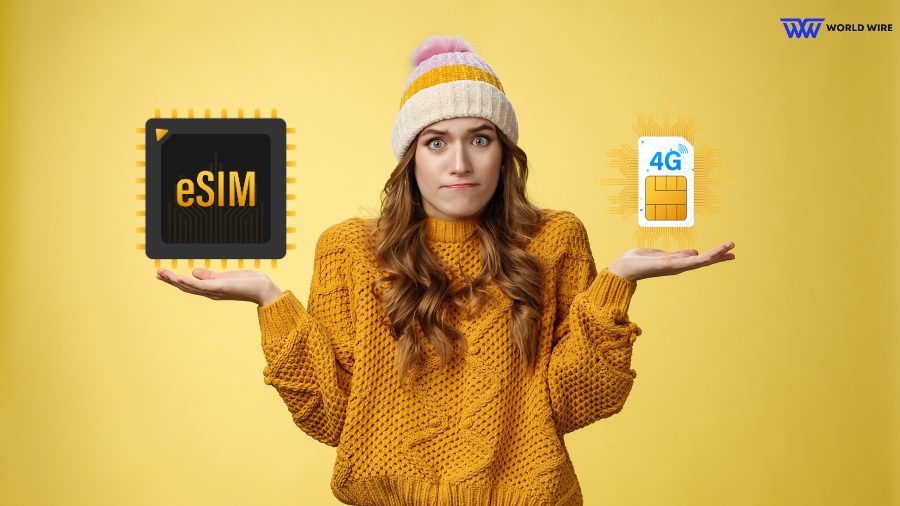
Before getting into the debate on which is better and faster, we should also know the basics of eSIM and Physical SIM cards.
A SIM is a short form of a Subscriber Identification Module. A SIM card is a small traditional physical SIM card inserted into the phone for a network connection and can be removed anytime.
In the beginning, the SIM card was introduced in standard and macro sizes, and later, with time, it was reduced to a small size known as Nano-SIM.
On the other hand, the eSIM is nothing but an embedded SIM technology. This type of SIM card isn’t like the physical SIM card but mostly serves the same qualities that a Physical SIM card does. They are also known as digital SIM or virtual SIM cards.
This SIM card comes fixed onto the device motherboard, doesn’t require us to insert it, and cannot be removed. But we can easily switch phone numbers or change carriers with eSIM, which is easier and faster than Physical SIM cards. For the eSIM, convenience is the key.
Now that I have given a basic idea of what it is, let’s get into the comparison part between an eSIM and a physical SIM. Which one is better?
- As mentioned, the physical SIM must be inserted into the device to receive a mobile network connection. In contrast, an eSIM is already embedded and easily set up.
- You can remove the SIM card and switch to a new device. On the other hand, eSIM cannot be removed but can easily transfer your Verizon eSIM to a new iPhone or any other device.
- Both eSIM and SIM cost the same price. However, you can easily instantly purchase online, whereas, for a SIM card, you need to visit a Physical store to make the switch.
- Customers can easily switch mobile carriers from physical SIM cards to eSIM and make the switch.
- You can activate your eSIM only on the network that provides this facility.
- Physical SIM cards have limited storage capacity, whereas eSIM uses your phone’s storage.
- Compared to a physical SIM card, eSIM cannot be damaged that easily. Also, your physical SIM can be lost or Stolen.
- Customers can only switch to eSIM on newer models such as iPhone 14, but Physical SIM works on every model as long as the device is unlocked.
- SIM cards can’t be tracked if lost, but eSIM can be located by network providers.
- Performance-wise, eSIM and standard SIM cards are the same. Whatever SIM card you use has no bearing on the speed of your mobile data. For example, you can activate a Mint Mobile eSIM and a new Verizon SIM card. Both of them will provide equal speed if the coverage is good.
Is eSIM Faster Than Physical SIM: All You Need to Know
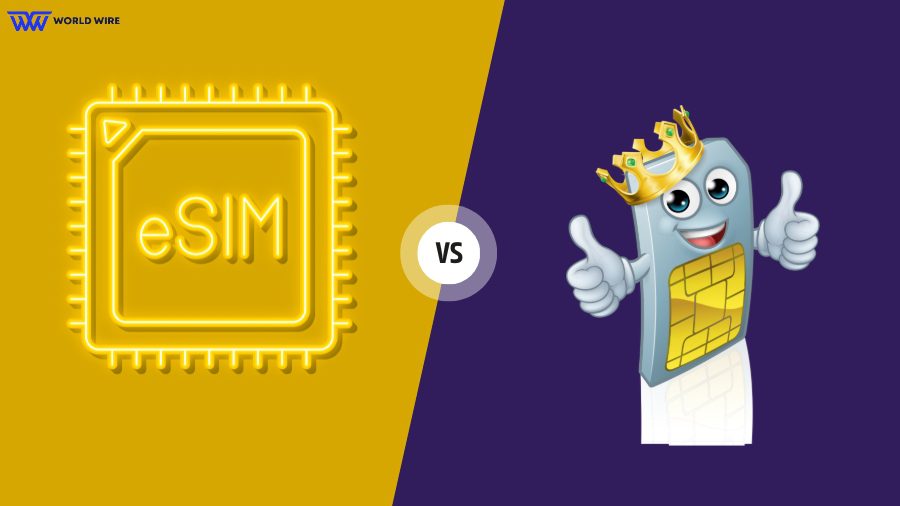
Now, you might wonder which is faster. eSIM or Physical SIM?
eSIM and usual SIM cards are generally on an equal footing regarding speed. Like a physical SIM, an eSIM operates on and supports 3G, 4G, and 5G networks; hence, eSIM doesn’t provide faster internet speeds than the physical one.
The network mostly determines how fast a mobile device can access the internet.
Put, eSIM and physical SIM provide the same speed!
eSIM vs. Physical SIM Performance
There are other performance metrics to consider besides speed. A closer examination of a few differences is essential to know which performs better.
These variations in performance go beyond simple network speed, as both SIM technology have their pros and cons.
The performance between physical SIMs and eSIMs is as follows:
| Feature | eSIM | Physical SIM |
| Installation | Instant activation, no physical handling | Requires physical insertion |
| Flexibility | Easily switchable between carriers | Carrier change requires a SIM swap |
| Durability | Not susceptible to physical damage | Can be damaged or lost |
| Compatibility | Only newer device supports eSIM | Universally compatible with all phones |
| Storage Space | Embedded, takes no physical space | Requires a physical slot in the device |
| Security | Built-in security features | Vulnerable to physical tampering |
| International Use | Roaming Available Internationally | Requires physical SIM exchange |
| Availability | Limited to certain carriers and devices | Widely available |
| Environmental Impact | Eliminates the need for plastic cards | Physical production and waste |
| User Experience | Seamless integration with device settings | Manual installation required |
Do eSIMs have Better Signals for Calls and Texts
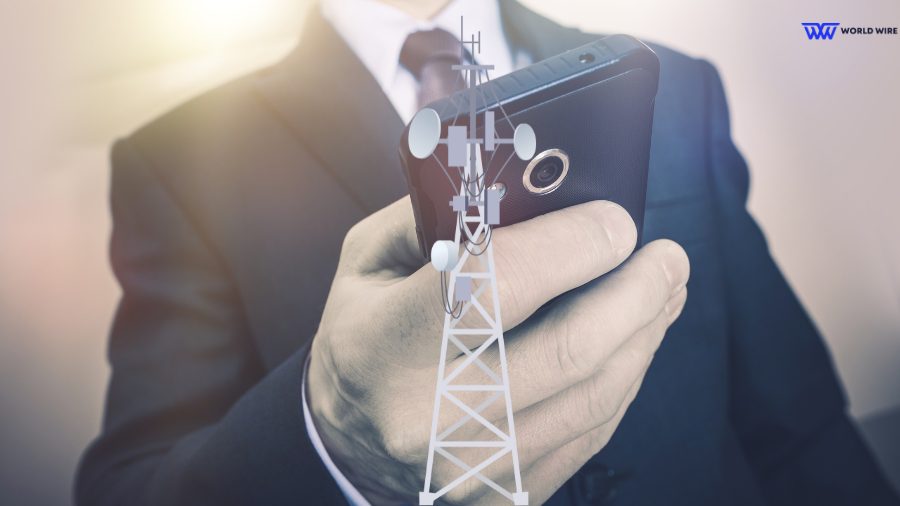
When texting and calling are considered, both SIM kinds often provide comparable quality and functionality. You should know that sending, receiving, and making calls and texts depends on the signal and strength.
So, as long as you have a good signal, you will have no problem using your phone. Many factors affect your signal strength, no matter your SIM type. So let us take those factors into account!
The following factors may impact your call and text quality:
- Regardless of SIM type, your location is covered by your network. If you aren’t receiving a proper signal, that might be one factor that will affect your call quality. For example, If you are on Mint Mobile, check if the Mint Mobile network coverage is good in your area.
- Your call quality will depend on the capacity of your network, whether it’s crowded or not.
- The type of mobile signal your phone detects, 4G or 5G, also affects the call quality.
- It would be best if you didn’t face interference from outside sources like trees, buildings, etc. These are also to be taken into account.
- The eSIM is compatible with newer phones with the 5G network compared to the physical SIM, so they may appear to be speedier.
What About Data and Internet Speeds
Let’s also analyze the data and internet speed, which is crucial in today’s life. The internet has become a major requirement that not even a day can be passed by without its use. So it’s crucial to take this factor into account.
Many believe that eSIMs provide faster mobile connectivity than physical SIMs. That’s not the case here, either. To determine them, we need to consider a few things that impact the speed of your internet and data connection. They are:
- The network traffic and congestion of your carrier will determine the internet speed.
- The distance between your phone and the carrier cell tower also affects your internet speed. The farther it is, the lower the speed it provides.
- It also depends on the phone’s modem and processor quality and how it has been configured. Also, the software settings and updates are to be taken into account.
- The internet speed depends on your network: 2G, 3G, 4G, or 5G.
Your Device and How it Affects Network Speeds
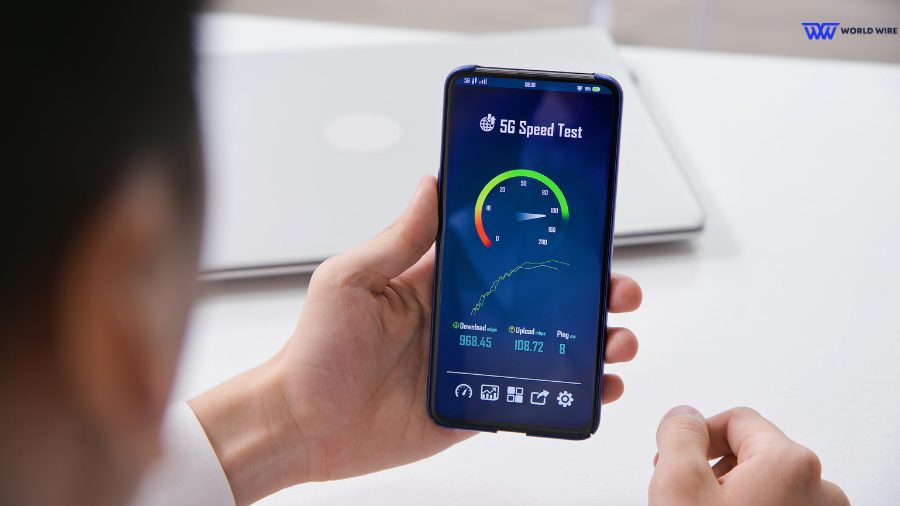
The SIM card type in your phone does not affect data speeds or network performance. When talking about network speeds, the device you use can also impact network performance and speeds.
eSIM is not compatible with any device; it only supports the recent and newer versions of models.
Your device has an impact on your mobile internet speeds in the following ways:
- You need to verify what type of technology your device is compatible with, like 4G or 5G.
- If your phone is compatible with 5G, then make sure to set your device’s network mode to 5G.
- Your device network Antenna Quality also plays a crucial role, as phones with better quality Antenna Quality recieve a good and stable signal.
- If you hear of any network offering faster internet speed in your area, quickly switch to that network.
- The internet speed is also dependent on your device’s specifications.
Primary Factors That Affect Network Speeds
Numerous things can impact the speeds of your mobile data, but we should also keep in mind that occasional slowdowns with mobile internet are completely normal. Despite this, mobile technology is still important because 5G data will be much quicker than 4G.
The main elements influencing network speeds, in the case of Physical SIM vs eSIM are as follows:
- First, it depends on your area’s cellular network availability and strength.
- The network speed may be below average during peak hours when your network faces high traffic.
- It also depends on the device’s performance, modem, processor, and antenna
- The network’s bandwidth allotment
- Your carrier’s network infrastructure’s capacity and quality are to be considered.
Advantages of Using an eSIM vs a Physical SIM

By now, you must be clear that eSIM won’t function faster than a physical SIM. Regardless of the device you choose, you will have the same level of network performance. But there are still many advantages of using eSIM, which are as follows:
| Feature | eSIM | Physical SIM Card |
| Installation | No physical installation is needed. Activated digitally. | Requires physical insertion into the device. |
| Convenience | Easy to switch carriers or plans without changing the SIM. | Need for a physical card for each carrier or plan change. |
| Durability | No risk of physical damage or loIt can | It can be damaged or lost. |
| Device Design | Allows for smaller and more innovative device designs. | Limits device design due to space requirements. |
| Travel | Easier to switch to local networks, If you travel frequently. | May need to purchase local SIMs for travel. |
| Number of ProfiIt can | It can store multiple carrier profiles and is easy to switch between. | Supports only one carrier profile at a time. |
| Environmental Impact | Reduces plastic waste as no physical SIM is produced. | Contributes to plastic waste. |
| SecurIt can | It can be considered more secure as it’s embedded in the device. | Risk of theft or loss, exposing user data. |
| Availability | Increasingly available in newer smartphones and devices. | Universally available and compatible with all phones. |
FAQs
Can I simultaneously use an eSIM and a usual SIM card on my device?
You can simultaneously utilize an eSIM and a usual SIM card with certain devices offering dual-SIM capabilities. All gadgets do not support this capability.
How much faster is an eSIM than a physical SIM?
The signal strengths of physical SIM cards and eSIM cards are the same. The quality of the device’s antenna, the area’s network coverage, and any possible interference in the signal route are the variables that affect signal strength.
When the eSim is activated, what happens to the physical SIM?
Your physical SIM will become inactive and cannot be used for calls, messages, or data if you switch it to an eSIM. The physical SIM can remain a backup if you need to switch back.





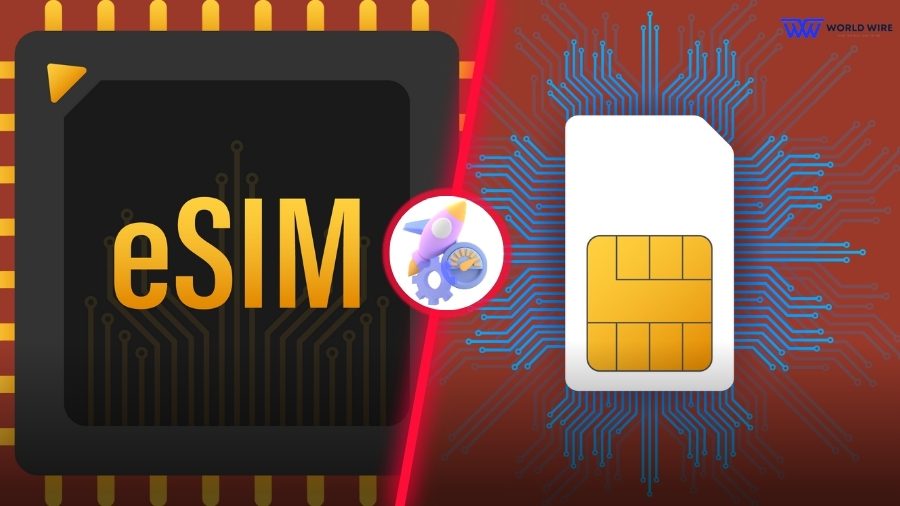

Add Comment